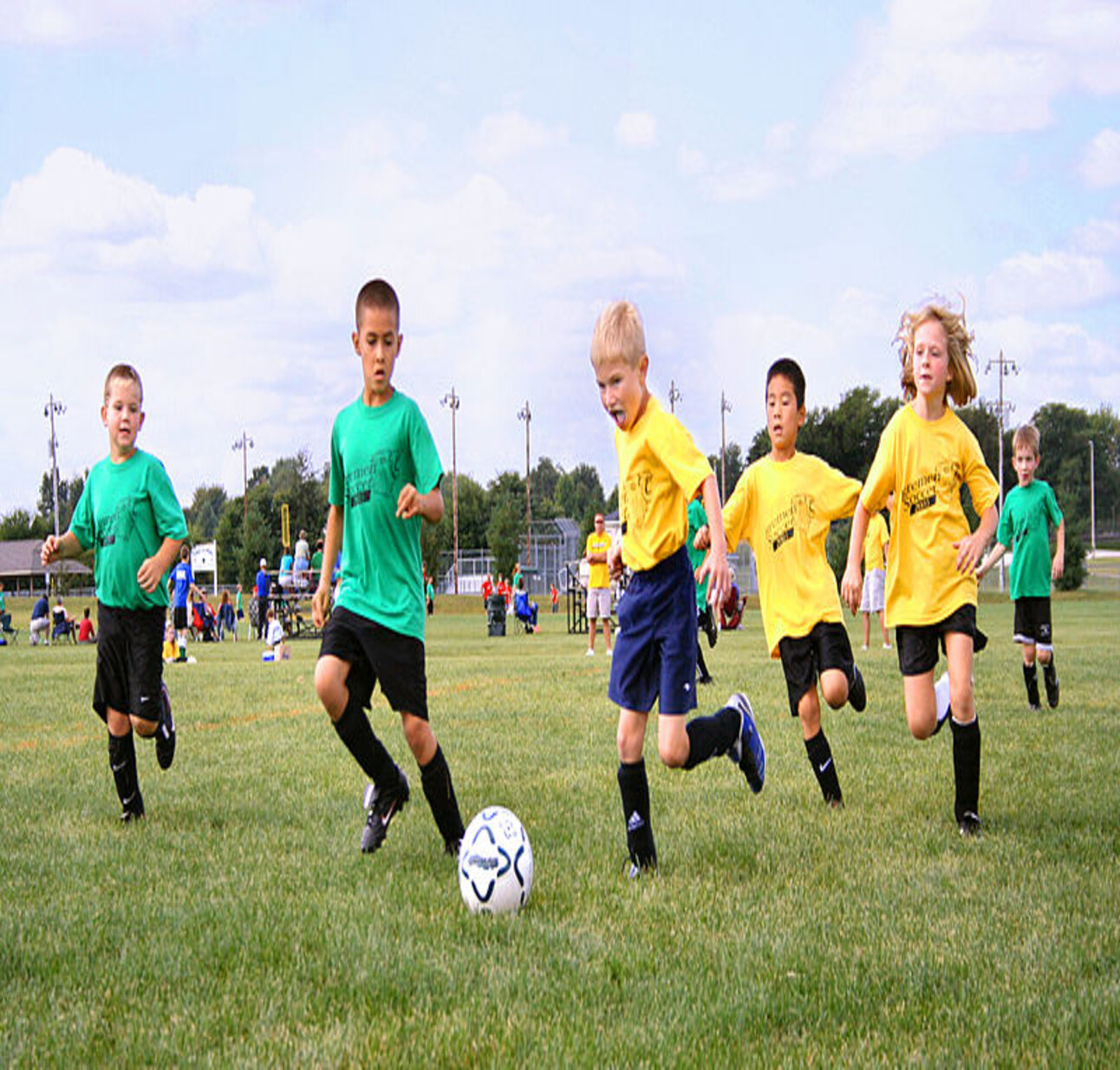Investigating the Cultural and Social Effects of Football among the Students of Physical Education Department at Kandahar University
DOI:
https://doi.org/10.31949/ijsm.v3i1.4710Abstract
The aim of this study is to investigate the socio and cultural effects of football among the Students of the Physical Education Department at Kandahar University The foot obviously has a lot of symbolic significance. Because football is primarily played with the foot, it has issues with identity, class, and history. Due to its connection to the "common man" and the masses, its appeal, and its role in fostering liberation, football has risen to the top of the cultural consciousness, transcending sport and turning into a religion. This is a result of these issues. Nations attach their identities to football matches, making them symbols of so much more than just a game or a rivalry. Football is a venue for social and political discussion. Thus, it turns into a lens through which we can understand various social systems all over the world. Sport is both. This study used a descriptive qualitative methodology. The findings of this study show that the game of football has many advantages for football players, one of which is improved physical health. Football players engage in rigorous training to help them develop the strength, stamina, and other crucial qualities needed for football games.
Keywords:
Socio; Cultural; Effects; Football; physical education.Downloads
References
Arnason, A., Sigurdsson, S. B., Gudmundsson, A., Holme, I., Engebretsen, L., & Bahr, R. (2004). Risk factors for injuries in football. The American journal of sports medicine, 32(1_suppl), 5-16. http://ajs.sagepub.com/cgi/content/abstract/32/1_suppl/5S
Back, L., Crabbe, T., & Solomon, J. (1999). Beyond the racist/hooligan couplet: race, social theory and football culture. The British journal of sociology, 50(3), 419-442. https://doi.org/10.1111/j.1468-4446.1999.00419.x
Bar-On, T. (1997). The ambiguities of football, politics, culture, and social transformation in Latin America. Sociological Research Online, 2(4), 15-31. https://doi.org/10.5153/sro.127
Breitbarth, T., & Harriss, P. (2008). The role of corporate social responsibility in the football business: Toward the development of a conceptual model. European Sport Marketing Quarterly, 8(2), 10-1080. https://doi.org/10.1080/16184740802024484
Cashmore, E., & Cleland, J. (2011). Glasswing butterflies: Gay professional football players and their culture. Journal of Sport and Social Issues, 35(4), 420-436. https://doi.org/10.1080/14660970.2019.1680490
Cleland, J. (2018). Sexuality, masculinity and homophobia in association football: An empirical overview of a changing cultural context. International Review for the Sociology of Sport, 53(4), 411-423. https://doi.org/10.1177/1012690216663189
Collinson, I. (2009). 'Singing Songs, Making Places, Creating Selves:'Football Songs & Fan Identity at Sydney FC. Transforming Cultures eJournal, 4(1). https://doi.org/10.5130/tfc.v4i1.1057
Giulianotti, R. (2019). Football events, memories and globalization. Soccer & Society, 20(7-8), 903-911. https://doi.org/10.1080/14660970.2019.1680490
Hoffman, J. R. (2008). The applied physiology of American football. International journal of sports physiology and performance, 3(3), 387-392.
Iaia, F. M., Ermanno, R., & Bangsbo, J. (2009). High-intensity training in football. International journal of sports physiology and performance, 4(3), 291-306.
Lawrence, S., & Crawford, G. (2022). Towards a digital football studies: current trends and future directions for football cultures research in the post-Covid-19 moment. Leisure Studies, 41(1), 56-69. https://doi.org/10.1080/02614367.2021.1948595.
Pollock, B. (2021). Three-sided football: DIY football and social transformationalism. Sport, Education and Society, 26(9), 1026-1040. https://doi.org/10.1080/13573322.2021.1944080
Sarmento, H., Marcelino, R., Anguera, M. T., CampaniÇo, J., Matos, N., & LeitÃo, J. C. (2014). Match analysis in football: a systematic review. Journal of sports sciences, 32(20), 1831-1843. http://dx.doi.org/10.1080/02640414.2014.898852

Published
How to Cite
Issue
Section
License
Copyright (c) 2023 Khalid Amarkhil, Enayatullah Dadman, Sultan Mohammad Stanikzai

This work is licensed under a Creative Commons Attribution-ShareAlike 4.0 International License.

_.png)
_(2).png)
.png)
.png)
.png)
